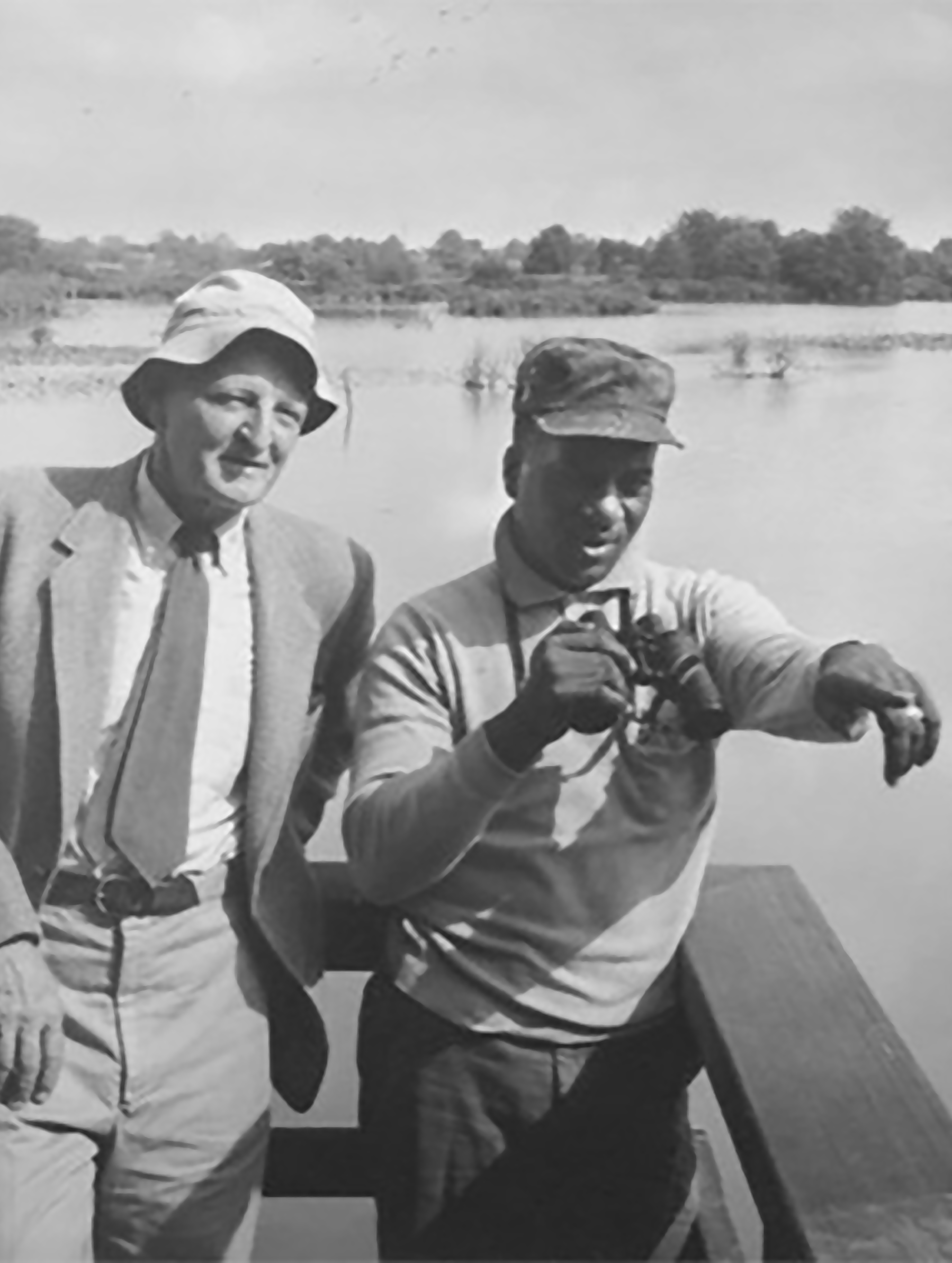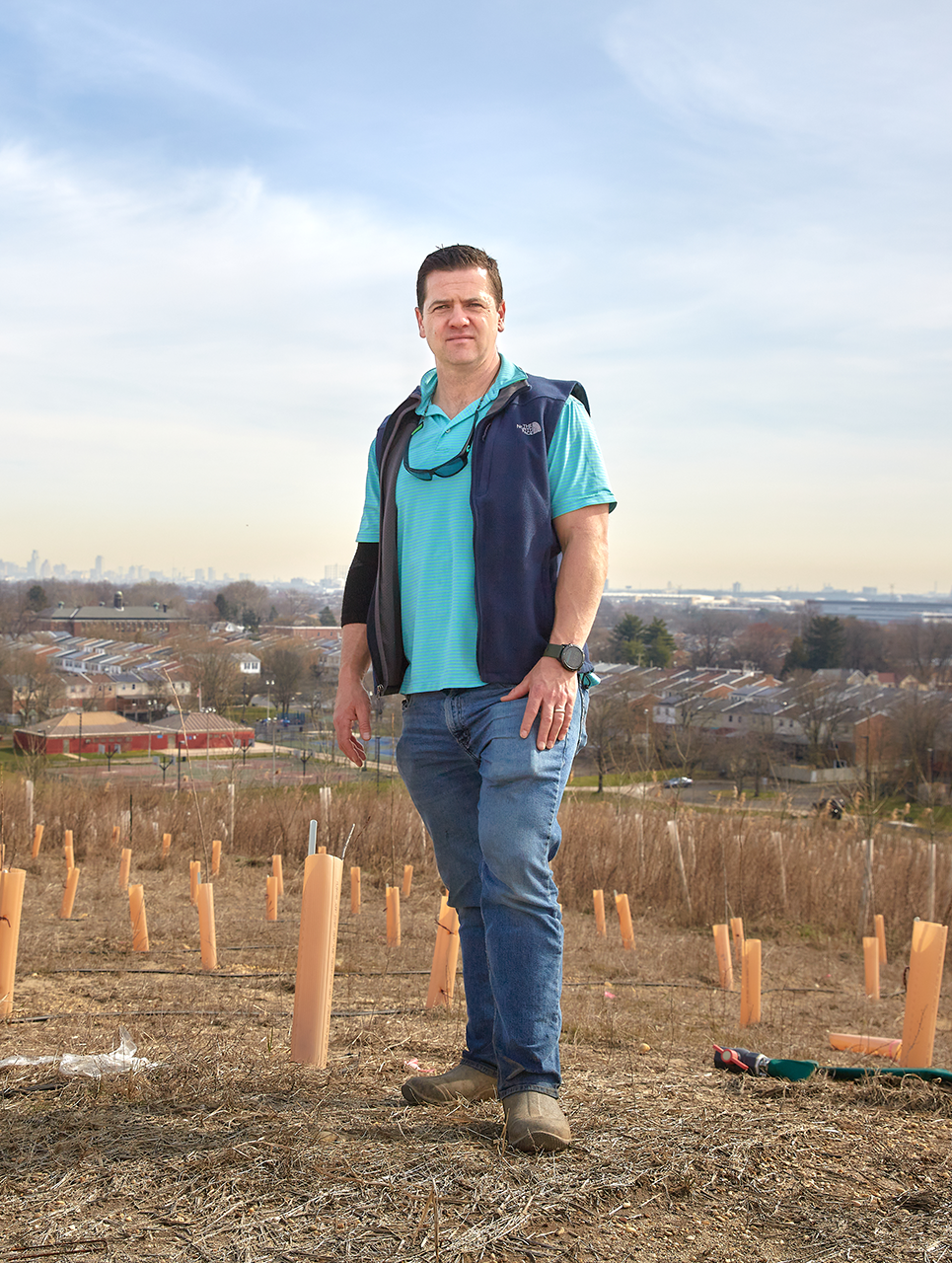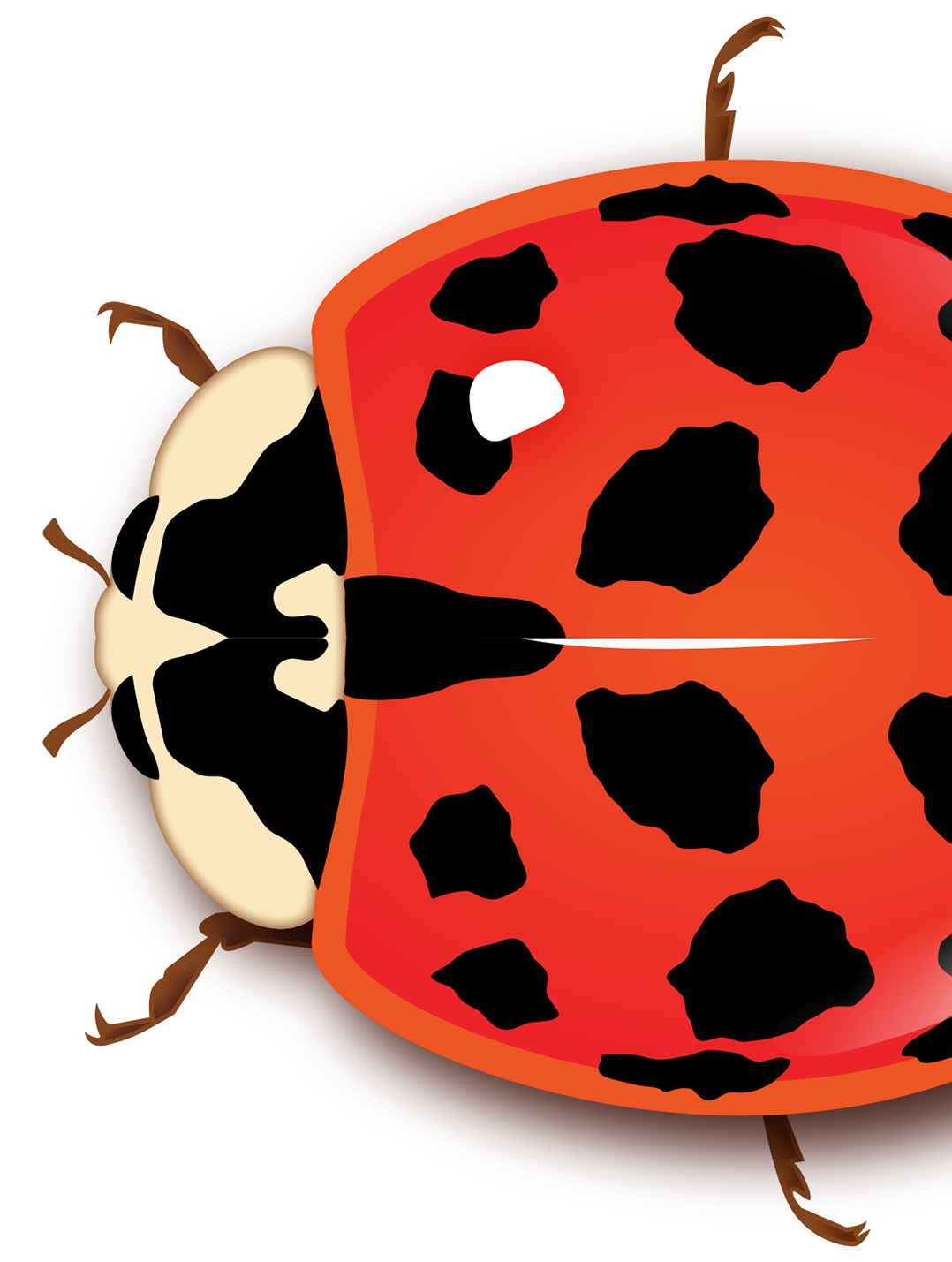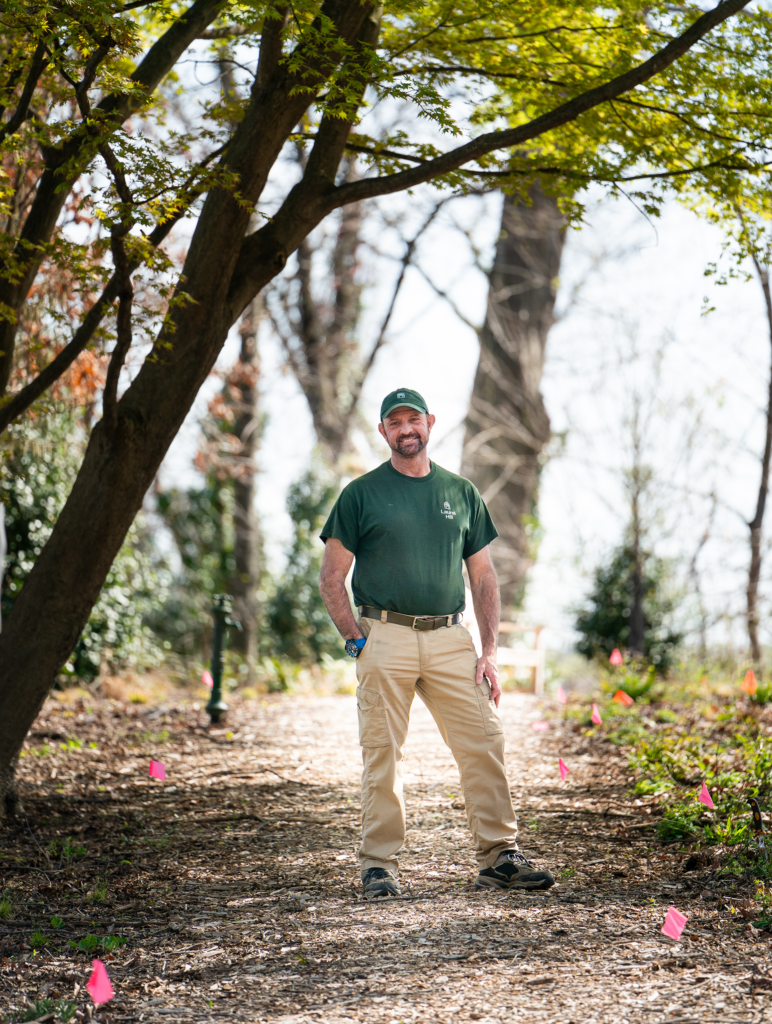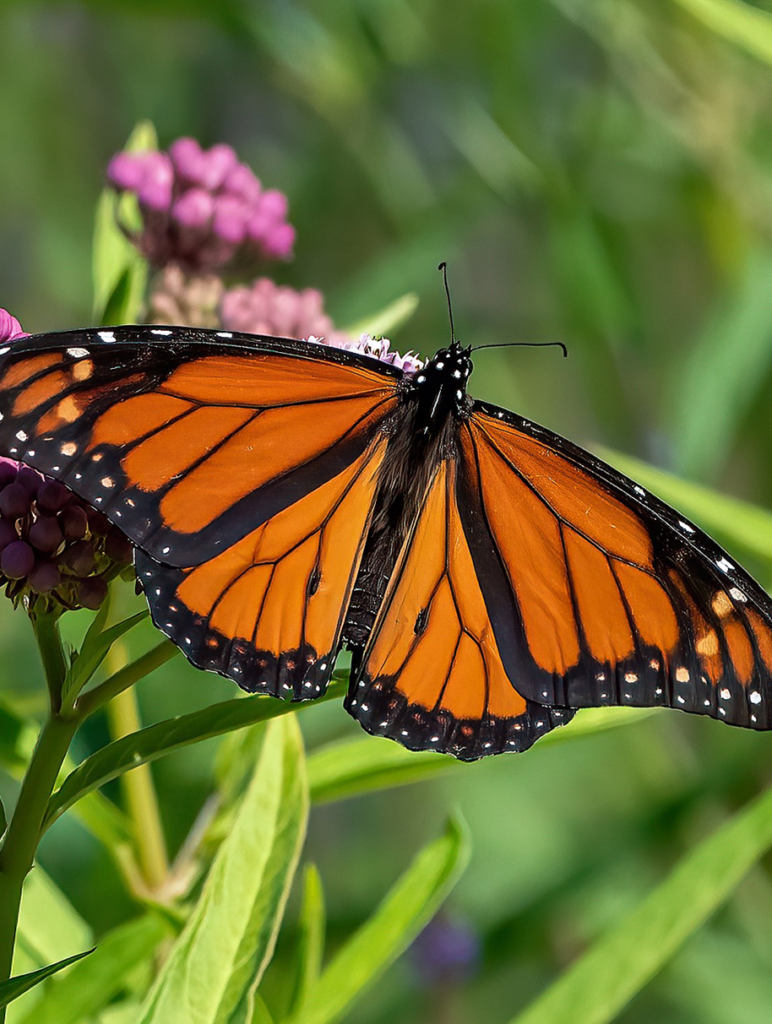Grid is honoring Black Birders Week (May 26 – June 1) by printing an obituary recently published by the Delaware Valley Ornithological Club (DVOC) about their first Black member, James “Jim” Carroll.
On the 30th anniversary of the founding of the John Heinz National Wildlife Refuge at Tinicum, June 30, 2002, pioneering Black birder Jim Carroll’s ashes were spread in the marsh impoundment at a ceremony attended by his widow Helen, two of their daughters and their husbands, grandchildren, deputy manager Gary Stolz, manager Dick Nugent and luminaries such as Congressman Curt Weldon. The attendees honored Jim as the refuge’s first caretaker. This unsung, unassuming gentleman who was soft-spoken and habitually chewed on a toothpick, was always eager to help others, and many were said to have relied on his wisdom, knowledge and friendship.
When Jim was born on April 9, 1922, the most southwestern area of the city was called The Meadows, but today it is the Eastwick neighborhood, which is a diverse (majority BIPOC) community abutting the Heinz Refuge. It remains flood-prone just as it was when Jim was young. Doubtless, his later development into a fine naturalist had much to do with his having spent his formative years in The Meadows with ready access to the marshland. His granddaughter, Donna Rucker Roberts, told me: “He learned the love that he had for the outdoors there.”
After high school, Jim worked for two years, but when the U.S. declared war in 1941 he joined the Army, yet was lucky not to be deployed overseas. After his discharge, he and his wife, Helen Sherman Carroll, were able to find a house and start a family. Jim continued to visit the Tinicum Marsh as often as time would allow during the 1940s and early ’50s.
The work of local environmental groups to stop the destruction of the marsh resulted in the Gulf Oil Company donating 145 acres of marshland to the City of Philadelphia in 1955, then called the Tinicum Wildlife Preserve. Jim was hired as the first warden and caretaker of the new preserve. He worked out of an office built for him on pilings next to the dike that separated Darby Creek from the body of water called the impoundment.

In 1958, Jim’s childhood home, along with most of the other homes in The Meadows, was razed to make way for a controversial “urban renewal.” A thriving community was destroyed. While most of the homes lacked city services for water and sewage, many of the 19,000 residents reportedly felt that those detriments were balanced by the essentially rural lifestyle they enjoyed within the city limits.
The Meadows was one of only a few integrated neighborhoods in the entire city, and Jim’s daughter, Martha Carroll Rucker, recalls: “There were never any issues of racial dissension.” It provided space for food and flower gardening and for keeping chickens, pigs and even cows, as well as access to nearby creeks for swimming, bathing and fishing.
Unfortunately, the nature of the community was not appreciated or valued by the Redevelopment Authority and the politicians who saw fit to designate the neighborhood as “blighted” and the houses as “poorly maintained.” Tragically, and with utmost irony, they viewed it as a good spot for the relocation of Black families who were being displaced from their homes in North and West Philadelphia to make way for other “renewal” projects in those areas. Jim’s parents were forced to move.
At the Preserve Jim did his job so well and was so admired that he was awarded the key to the City of Philadelphia in 1963. His daughter Martha recalls how proud he was to don a suit (rather than his usual brown khaki uniform) for the ceremony.
In the late 1950s, Jim happened to meet two young Delaware Valley Ornithological Club (DVOC) members who were birding at the preserve: John C. “Johnny” Miller and Joe Devlin. They had joined DVOC in 1951 even though both were only 15 years old at the time. Despite his being nearly that same number of years older than they were, Jim and the younger men became fast birding buddies. We may imagine that Jim’s new friends were impressed with him not only because of his status at the preserve, but also his knowledge of the area and his general naturalist skills. Likely, they learned a good deal from one another.

On October 19, 1967, at the age of 45, Jim became the first Black person admitted to DVOC (more than 75 years after its founding), having been duly sponsored by the then-required three members.
Sometimes Jim would travel with other DVOC members to a birding destination of particular interest, such as Pocomoke Swamp in Delaware. However, because of persisting Jim Crow segregation laws, Jim was not allowed to stay with the others in the whites-only motels, so he had to seek his own lodging. Local diners often presented the same barrier, so the group would have to make do with takeout or store-bought food.
Jim’s granddaughter Donna recalls going with him to the preserve very early a few mornings each week before school when she was only seven or eight years old. They would drive to the Scott Paper Company near the airport, park, and then take the “company” truck over to the preserve. They would drive or walk out to his office, observing birds and whatever else they might notice — she recalls his delight at finding a bird and telling her all about it. He also kept lists of the mammals, reptiles, amphibians and fish he spotted. DVOC member Dwight Molotsky described Jim’s sharp vision, which missed very little, as his “golden eyes.”
When Donna was 14, she asked her grandfather if she could work with him. He assented, but she was surprised and taken aback at having to work on a hot day clearing and chopping up brush for removal. She had thought she would be bird watching, but laughingly said, “I learned you had to take care of the area.”
Tragedy struck more than once. In the 1960s, an arsonist torched Jim’s office, which DVOC member Nick Pulcinella recalls had been “a beautiful headquarters building [with plexiglass on three sides], and scopes and binoculars for the public to use, a library of bird books and a poster-sized, weekly bird checklist pinned to the wall.” After the arson incident, which was never solved, Jim worked out of a small wooden shed (or Quonset hut) a little farther out on the dike road. It had a small, coal-burning stove for heat but was only large enough for Jim and one or two other people. But then there was a second arson incident, so eventually a small, stone headquarters building was erected near the front entry road to the preserve. That building survives today, though it has not been open to the public since the beautiful, environmentally exemplary Cusano Environmental Education Center opened in January 2001.
The Tinicum Marsh Wildlife Preserve became the Tinicum National Environmental Center in 1972 under President Nixon. By that point, the preserve had grown to about 1,000 acres, as more adjacent land and marsh were preserved. Jim was the first non-managerial employee to be hired by its new federal overseer, the U.S. Fish and Wildlife Service. Though his initial assignment was as a maintenance man, he was eventually given the title of biological technician.
Initially, he worked under managers Ken Chitwood and then Scott Stenquist. Later, his boss was the long-tenured Nugent, who saw Jim through to his retirement in 1987.
James Carroll died unexpectedly in his sleep on May 19, 2001.
Twenty years after his ashes were spread at the refuge, family members and luminaries (including Mayor Jim Kenney) gathered again, this time under the aegis of manager Lamar Gore, who spiritedly announced that the venerable platform upon which Jim’s original office had been built would forever after be known as the James Carroll Observation Tower. A new plaque was affixed and there was no doubt whatsoever in Donna’s voice when she proclaimed of her grandfather’s love for the Tinicum Marsh: “His spirit will always be here!”


